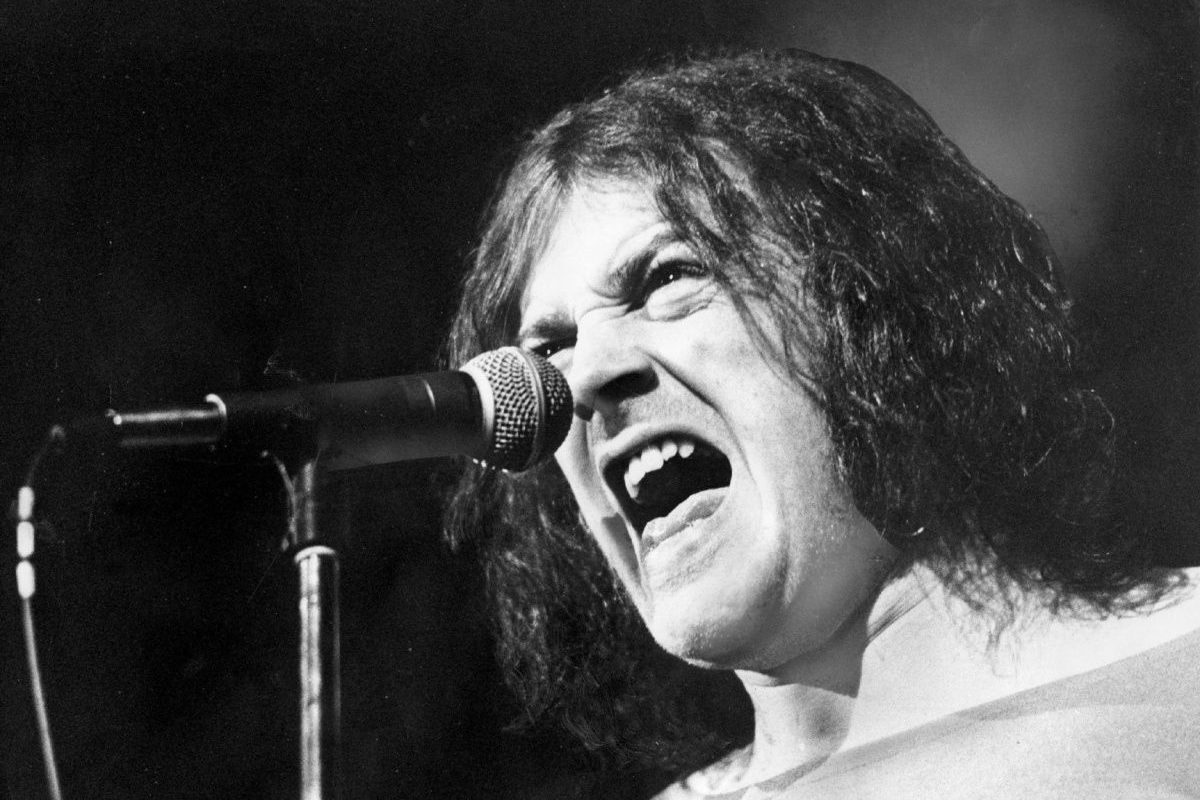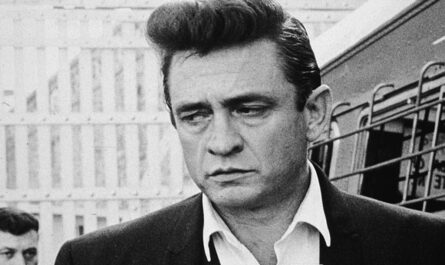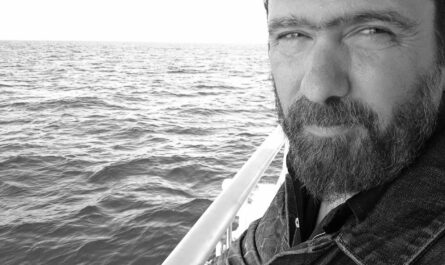JOE COCKER’S MAD DOGS & ENGLISHMEN: Began recording March 27, 1970
My wife and I have been talking for awhile now about the purpose that creating art plays in the role of the artist. From one perspective, it seems as though creativity is merely an outpouring of feelings; we feel something, and it manifests into a work of art. But another perspective ascribes an intentionality to it. That we follow this process with the intent of connecting with an audience. And when others understand our art, they understand that part of us that needed to be expressed, and collectively we all understand each other. It’s a beautiful thought, and feeling it play out is almost irresistible. When a stranger tells you how much your art had affected them, it makes an artist feel connected to more than the stranger. It feels connected to a greater truth, an inter-connectedness among the universe. All art has a touch of this, and great art has a large helping of it. And some work is almost entirely made up of those connections. On March 27, 1970 Joe Cocker began a string of concerts at the Fillmore East in New York City which would later become the Mad Dogs & Englishmen album. It was an album unlike any rock album before it. It was strange and mysterious and not widely appreciated by critics. But it was a masterpiece, nonetheless.
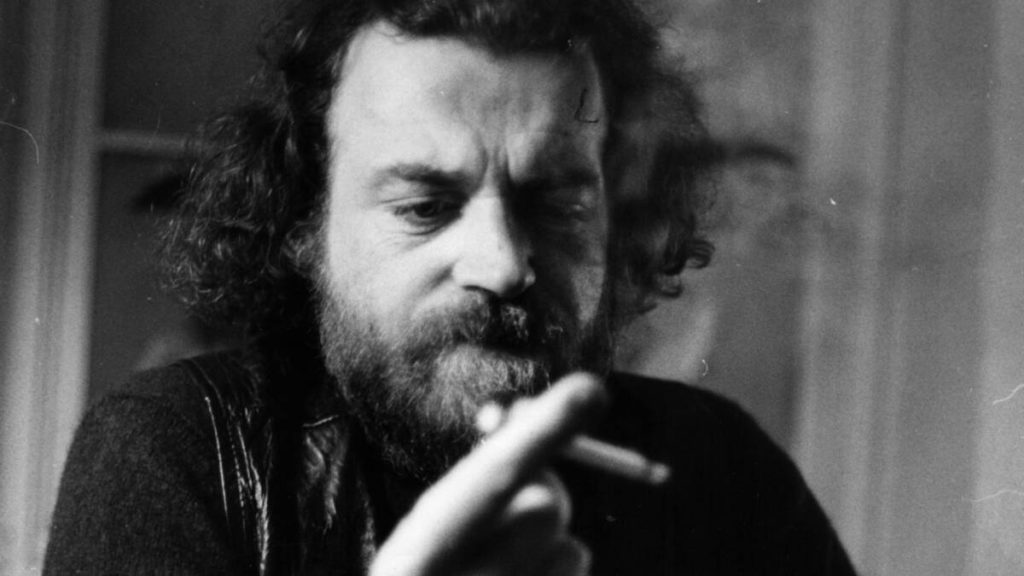
To call Mad Dogs & Englishmen a “mistake” is a massive understatement. Cocker had been touring with his back-up band, The Grease Band, almost non-stop for over a year. The tour was brutal enough, but the hard-drinking, hard-partying musicians wore themselves down physically. Creatively, however, the band had gelled enough that musicians felt empowered and excited to try new things. As the tour ended, Cocker and The Grease Band parted ways, and the band itself broke up. It was an amicable split, but the members were simply too physically and mentally exhausted to try to figure out how to incorporate the different creative directions each member was drawn towards. The center simply could not hold. And so on March 11, 1970, Cocker hopped a fight to Los Angeles, where he planned to dry out, sleep plenty, and just enjoy spending time with musician friends. His recuperation lasted one day. On March 12, his manager informed him that he had booked a 52-city tour that the record label was requiring to fulfill contractual obligations. If Cocker refused, not only would he be in violation of his contract, he would be deported, his visa would likely be revoked, and he would be sued by the musician’s union. Exhausted and without options, Cocker made a bunch of calls to L.A. musician friends and assembled the Mad Dogs & Englishmen tour.
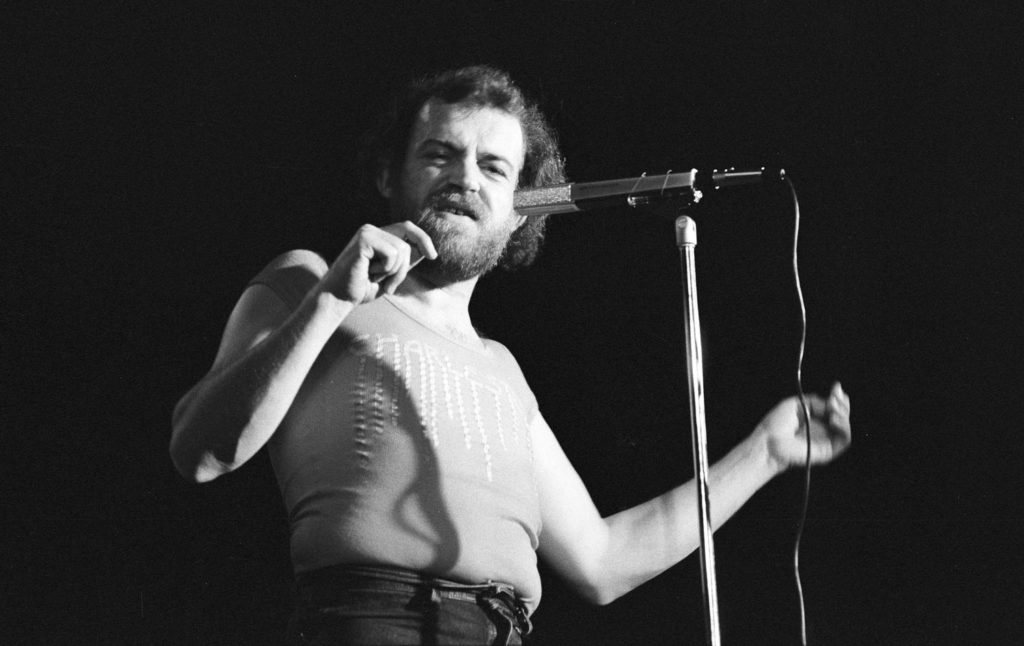
What’s noticeably different about Mad Dogs & Englishmen is the scope of the sound. Cocker’s tour was comprised of eleven musicians and a nine-person choir. The musicians were pulled from the L.A. session scene at the time, and began with legendary “Wrecking Crew” session musician Leon Russell. A noted recluse and genius, Russell was known for being a brilliant session musician with multiple instruments, and with a feel for most genres. He quickly had picked up a reputation for arranging, and so Cocker asked him to help assemble the band and arrange their songs. Then Cocker and Russell assembled a band made up of friends with broad histories and The songs themselves were also over-reaching. Cocker and Russell selected songs with no concern for genre; Mad Dogs & Englishmen would showcase rock & roll, blues, country-folk, R&B, torch ballads, and soul songs. There were song from Bob Dylan, The Beatles, and The Rolling Stones, but also songs from Leonard Cohen, Ray Charles, and in the middle of the first concert, Joe Cocker simply hands the vocals to Rita Coolidge to sing Russell’s new song “Superstar”, which would later become a huge hit for The Carpenters. Cocker and Russell took this wild, in-cohesive set list and assembled an ambitious band of talented musicians. Two weeks later, the band assembled on stage at the Fillmore East to record the first concerts of a grueling tour.
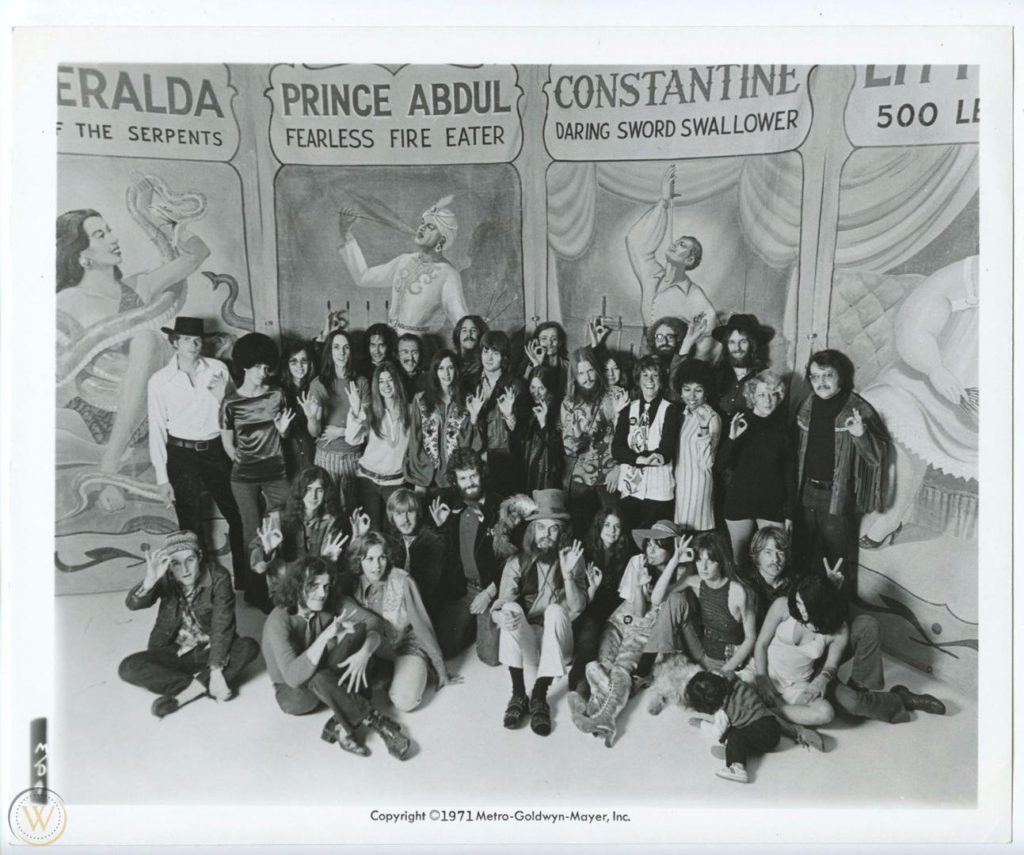
The immediate critical response to Mad Dogs & Englishmen was lukewarm, at best. The album was unlike anything critics had ever heard. The band was too big, the arrangements too uneven for something thrown together in two weeks. Worst of all, it was a Joe Cocker album that tended to feature others (most notably, Leon Russell and Rita Coolidge). Many critics accused Russell of being an opportunist who arranged songs to showcase his talents at the expense of Cocker. Judging by the immediate critical response, Mad Dogs & Englishmen should have been a failure. But it wasn’t. It was simply too unique to be properly appraised. The churn of influences and ambitions behind the giant sound on Mad Dogs & Englishmen wasn’t a fluke; it quickly became a standard. Almost a year to the day after Mad Dogs & Englishmen was recorded, The Allman Brothers would record a series of shows at The Fillmore East with their standard dueling lead guitars, two drum kit, and extended jams. The tension between the styles of Dickey Betts and Duane Allman, the massive, the rolling dynamics of a live show… they were all straight out of Mad Dogs & Englishmen. A few years later, Southern rock would follow in those tracks. By the late 70s, Mad Dogs & Englishmen had assumed its deserved mantle as a rock & roll masterpiece.
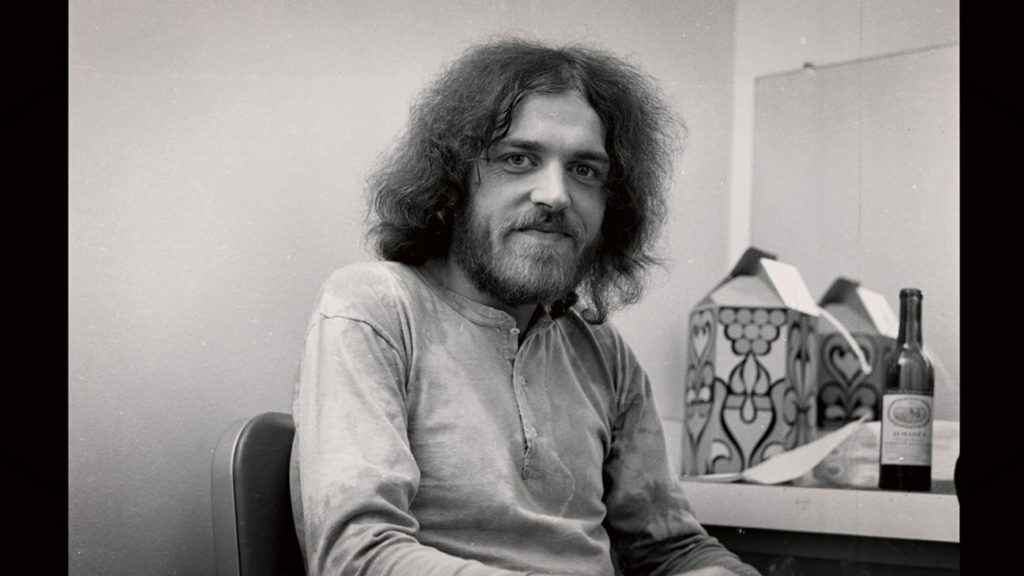
What makes Mad Dogs & Englishmen so powerful is that its unevenness seems to be the result of passion, not sloppiness. It’s a Joe Cocker album, but when Leon Russell breaks loose with with a constant guitar solo throughout “Feelin’ Alright”, it feels less like opportunism or sloppiness than a guitarist genuinely trying to express himself within a song, but also in opposition to it. Through the album, horn breaks exhibit the same tension. Throughout, all of the musicians do their best to service the song but they’re not merely following chord charts and locking in changes; they’re readily expressing themselves. It was an attitude unseen outside of jazz circles in 1970, and critics didn’t know what to make of it. But audiences did. Consciously or subconsciously, audiences weren’t connecting with just the band, but individual elements of the band. Musicians were unleashed and their artistic impulses were showing in ways never before seen on a rock album. Listeners used to connecting with a song, or a singer, or an arrangement, could now connect with an individual trumpet player’s artistic impulse. Normal choirs would harmonize to a perfect blend, but the Mad Dogs & Englishmen choir would experience flights of passion that distinctly showcased certain voices. If previous rock albums were a targeted message, Mad Dogs & Englishmen was a fireworks show. It was exciting and palpable, and listeners got to bear auditory witness to artistic connections being fired off in all directions, and they could “ooh” and “ahh” at any number of things that moved them.
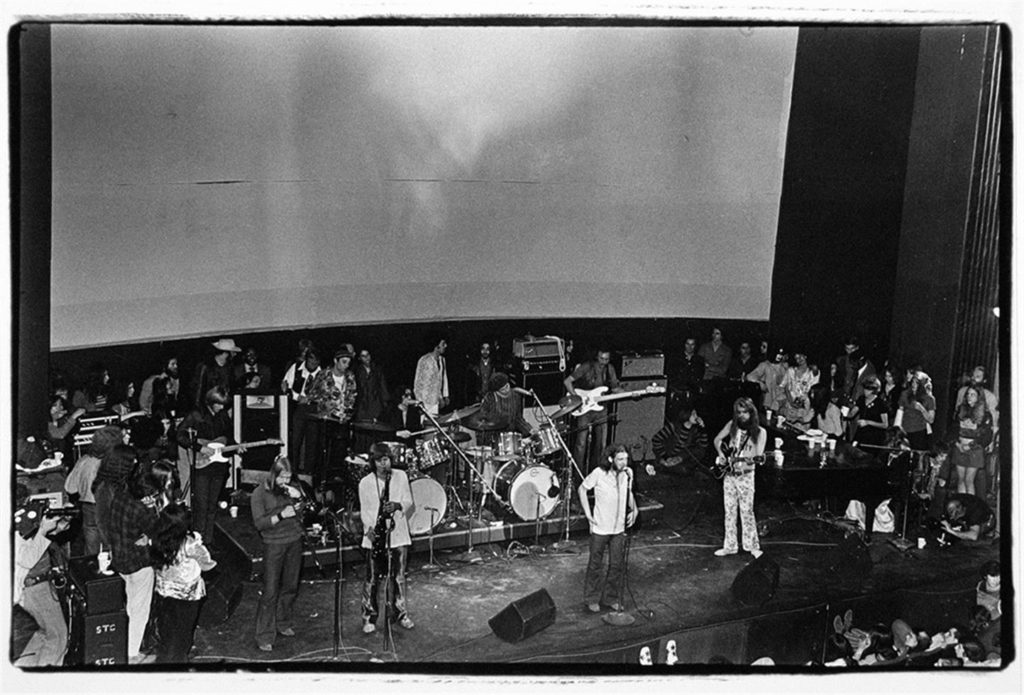
Not surprisingly, when the Mad Dogs & Englishmen tour ended, the musicians all went on to great things. Leon Russell spent time with the Rollng Stones before launching a successful solo career. Jim Gordon and Carl Radle teamed up with Eric Clapton and Duane Allman to form Derek & The Dominos. Jim Keltner became one of the greatest session drummers of all time. Chris Stainton played keyboards for The Who’s Quadrophenia album. Jim Horn and Bobby Keys – the saxophones in the horn section – would go on to play with all four Beatles, The Beach Boys, and the Rolling Stones. And Joe Cocker’s legacy was firmly established. Mad Dogs & Englishmen is a testament to the power of art. An exhausted Joe Cocker, his back against the wall, reaches out to musician friends, all eager to help and eager to express themselves and connect with an audience. Together and individually, they expressed themselves and the world responded. And collectively, we all understood each other. And like any great firework, the band members exploded in their own creative directions. And the world “ooh”‘d and the world “ahh”‘d, and in the light of it, we were all connected.

